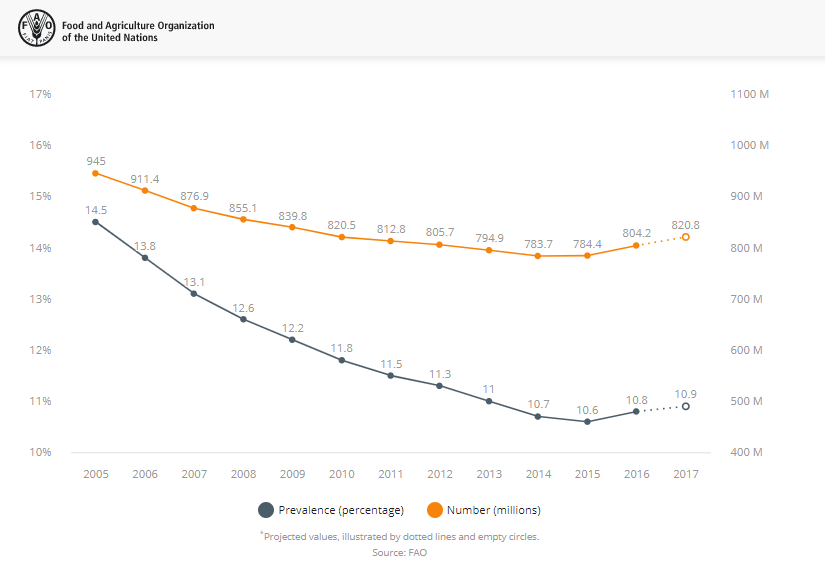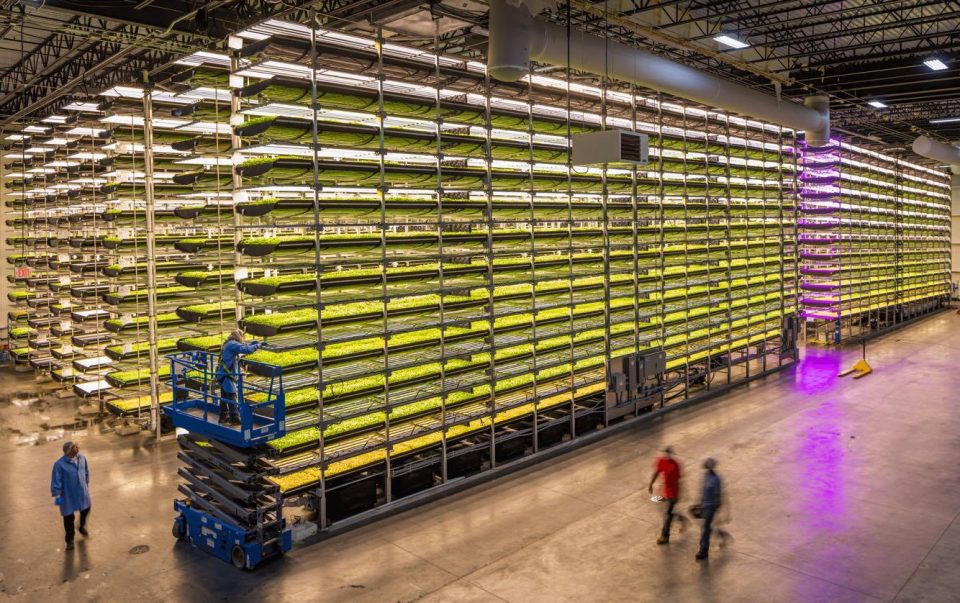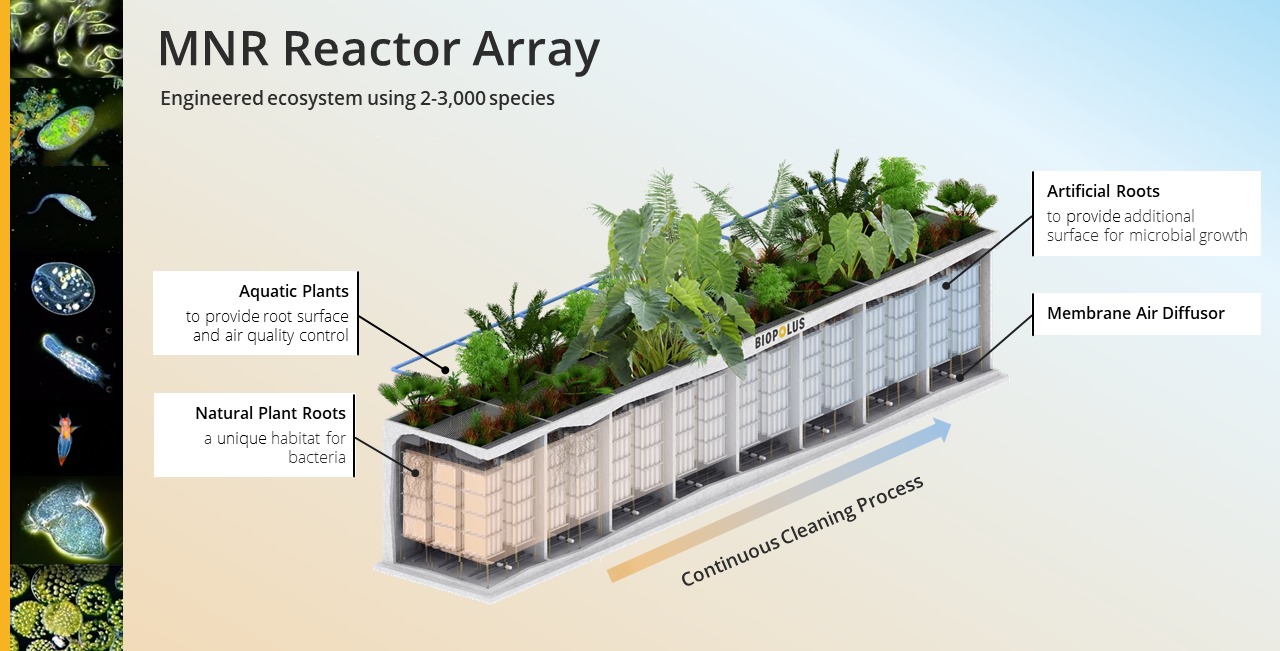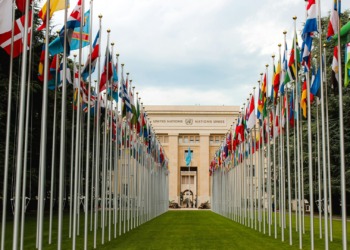Food waste is a multifaceted phenomenon that bares the complexity of our food system. It mimics the linearity of food production (we produce more, buy more and waste more) the paradox of food consumption (the more we have the more we demand). It is a sign of our times.
Since Foood and Agriculture Organisation ( United Nations FAO) in 2011 published the first report that attempted to quantify Food waste worldwide, we now know that an estimate of 1/3 of what is produced is lost or wasted from farm to fork. But why? Bottom line is our linear way to produce, distribute and consume that makes up for the 1.3 billion tonnes of food waste worldwide.
But while the quantity of food wasted along the food chain is now taking the public agenda and gaining more and more visibility, its roots and links related on how we act around our food are still, probably, not known to the public.
We are trapped in a vicious circle of overproduction on an industrial agricultural base, environmental degradation, which create a food system that simply does not have a future as it is. Food, climate, nutrition are so interrelated that we cannot solve any of those issues without a system change on a large scale.

The current rhetoric calls for an increase in food production to meet the increasing demand for a staidly growing world population. The reality is; we produce already one time and half the quantity of food we need. But the system does not allow the plus 821 million undernourished people to access this food in developing countries. Is not a matter of availability, but of access, a question that bares social justice and democracy in it. Uncertain land rights and access to local food for the underprivileged being the major roadblocks. These imbalances exist primarily because our dominant economic system operates through a crops and global markets paradigm.
In developed countries, the same system is, constantly increasing public health costs due to the escalate of food-related epidemiological diseases.
Food is the single strongest lever to optimize human health and environmental sustainability on Earth, but it constitutes the single largest driver of environmental degradation and transgression of planetary boundaries
Food is so interwoven with our lives, with the economy and with our natural system that by fixing our broken system if we can achieve a healthy, sustainable and fair world. If we really want to achieve the SDG´s food is probably the best place to start.
The task is, of course, not an easy one.
Hard work, political wiliness, sufficient resources and unprecedented collaboration among all economic actors is needed.
Editor’s Picks — Related Articles:
 What Food Waste Apps Help Reduce Food Waste?
What Food Waste Apps Help Reduce Food Waste?
 “Opaline: How Loving Ugly Fruits Can Reduce Food Waste”
“Opaline: How Loving Ugly Fruits Can Reduce Food Waste”
Such an ambitious objective cannot be achieved without an international commitment of all countries. More than ever, the importance and role of the supranational organization are evident and their coordinated action is urgent. As known, climate and humanity know no borders.
As far as our continent, on the policy level, the European Union is our chance to act systemically beyond borders. The role of cities and regions has been clearly recognized and it is the objective of substantial economic aid from the Union.
The direction in which public funding will be allocated in the next 10-20 years is critical to support the necessary switch we need. It is important to raise awareness among political leaders on the issue of implementing measures that give the maximum support to the development of the circular economy and abandon old subsidies to environmental armful industries.
We do have some directives on how to act. Many international organization have been working on those defiant challenges and came up with guidelines on significant actions for the future.
Ellen Mac Carthur Foundation published this year, in the occasion of the World Economic Forum in Davos, his paper “Cities and Circular economy for food”. This report underlines how the expected development of the urban area can be an optimal occasion to redesign our food system to a circular one to achieve huge economic, health and environmental benefits. Cities are expected to be the places where 80% of food is going to be consumed by 2050.
They suggest 3 main areas of action to systemically change the model.
- Source food is grown regeneratively and locally.
- Make the most of food
- Design and market healthier food products
Source and grow food regeneratively means a significant shift from our current model. 99.7 percent of human food (calories) comes from the terrestrial environment (arable farming, horticulture, livestock farming, and other agricultural terrestrial practices)
This kind of farming practices relies on chemicals and monoculture to maintain and increase production to keep up with the growing demand from markets. Today’s monocultures are deeply dependent on irrigation. In fact, 70 % of the world’s water use goes to irrigation. And we are exhausting the reservoirs of freshwater at an alarming rate. This kind of agriculture also cause land degradation and increase dependence on chemicals that are unable to regenerate soils. This makes our food supply system very vulnerable to pest, diseases, extreme weather. But those risks are perpetuated from these practices: it is a dog that bites his tail repeatedly. If we want to change the system we must invest in regenerative and less resource intense farming practices. Brilliants examples of those farming practices are provided even in big farms in the US like Brown’s Ranch A 5000 acres of holistically managed farm in North Dakota, US.
To satisfy the need of consumers, food is now available on the market year long. No matter how long it must travel. Transportation of food has significant consequences for the environment as well for national economies and our health.
Promoting a system that can cater to our needs by producing closer to consumers, according to season and naturally, will allow us to restore our environment while sustaining local producers, make healthier choices, creates jobs and strengthens resilience as well as urban-rural links. Urban farming represents one of the most interesting and progressing ways of producing food in urban environments and it will shape the skyline of our growing cities with its innovative methods like the indoor, aeroponic vertical farming of Aerofarms.

Reducing food waste emerge as one of the pillars to build and restore a sustainable food system. Food waste is economical nonsense. To give a figure, the direct economic cost of food wastage is about 750 billion USD, equivalent to the GDP of Switzerland.
On the other hand, Food waste is such a massive problem also because as food decomposes in landfills it releases methane, a greenhouse gas that is up to 27 times more potent than carbon dioxide and leachate, a toxic component that contaminates the soils.
To tackle this urgent matter a dedicated SDG has been created, the 12.3. It precisely addresses this objective by calling on halving food loss and waste before 2050.
We have seen great efforts in this field, even in the private sector, like Champions 12.3. A coalition of executives from governments, business, international organization, and civil society to boost efforts to achieve SDG target 12.3.
Cutting waste is a prerequisite if we try to rebalance the system by eliminating its inefficiencies. On a macroeconomic level, it is only by lowering the demands of food that we could achieve more affordable prices for developing countries. Prices should also reflect the true cost of production by accounting for the negative, human health and environmental consequences they bare.
Trashing organic matter, apart from being an economic nonsense, is also a waste of precious resource. Hundreds of millions of tonnes of organic materials flow out of our cities and 98% of this ends up in landfill, incinerators or rotting in open dumps, representing a loss of value. Is not just trash but wastewater. Keeping the food system short can allow valuable by-product to be recovered from food waste at its highest value or be diverted for other uses. Making the most of food means keeping food at the highest value to be recovered and used according with the food waste hierarchy or transforming them into new products.
Solutions must be circular and coming from a radically innovative design like the Biopolus Makery. A fundamentally new wastewater treatment facility that transforms wastewater and organic waste into clean water, energy, food, biochemical and other useful materials.

We have the resources and technologies to move forward, but should we rely just on the public sector to act immediately? Absolutely Not. What to do then? How, as consumers can we contribute to this urgent and indispensable transition? I’m sometimes overwhelmed by how many people think that if we keep recycling we are on a good track. Our economy is currently just 9.1% circular, that means that we just recuperate this small percentage of resources of the millions of tonnes we extract every year. So, a substantial shift toward circularity is indubitably a relevant issue to deal with.
But it is only if, we start understanding the real focus of this problem that we can hope for change. Not what I can recycle or replace but how do I live. Mass disposability, overconsumption and the so-called 4 planet lifestyle are the road blockers here. Where we invest and spend our money, who we vote for and what we can change in our everyday life and work are probably more coherent questions. Rethink our lifestyle recognizing we have more than we need and reduce our consumption is a pre-requisite if we want a future for the next generations.
Simple things like shifting our diets can really make the difference.
The good news is that, in this case, a healthy diet is also beneficial for the environment. The recent publication of the result of a three-yearlong study of the “Food in the Anthropocene: the EAT-Lancet Commission on healthy diets from sustainable food systems” confirmed that by doubling our consumption of fruits, vegetables, nuts, and legumes while halving the consumption of red meat sugar could help achieve us the dietary requirement of the growing world population within our planet environmental boundaries.
Business, as usual, is no longer an option. So, let’s stop looking at our world as if we are not part of the problem. Collectively we have a huge power and our collaboration is indispensable. Broaden our personal responsibility to embrace all human been and start thinking deeply about our real needs is the first step for changing the world.










